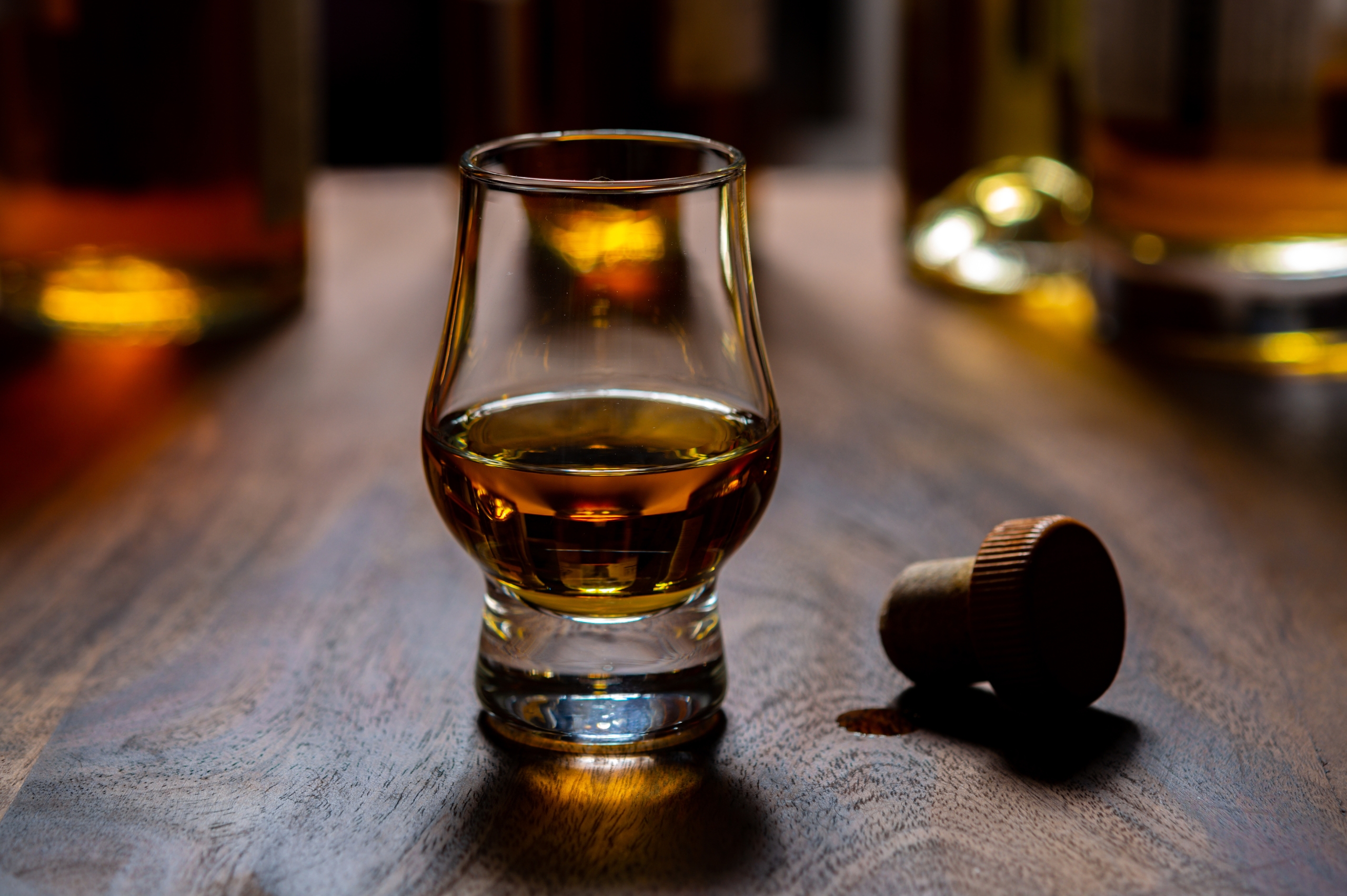What is chill filtration?
Chill filtration is a process of removing some naturally occurring substances – fatty acids, esters, and proteins – from a whisky prior to bottling. The reason for this is purely cosmetic. A non-chill filtered whisky bottled at a strength of 46% ABV or lower will become cloudy when diluted with water, or when it is cooled.
This cloudiness is often seen as undesirable by some consumers with the common misconception being that something is wrong with the whisky. The whisky companies react by removing the offending compounds from their products so that this no longer occurs.
Why do it?
Whisky companies want their products to be seen in the best light and as top quality. Whiskies above 46% ABV do not require chill filtration – this is due to the higher alcohol level preventing clouding from occurring. The natural fatty acids, esters and proteins that are present and cause the clouding are formed during the distillation process. A smaller percentage can also be imparted from the cask during maturation.
When the whisky is cooled, fatty acids, esters, and proteins clump together to give the hazy appearance. During the early 20th century, the process of removing these natural compounds was developed when scientists realised that if a whisky was chilled then the offending elements could be more easily removed.
How does it work?
The process of chill filtration involves rapidly dropping the temperature of the whisky – this is approximately 0°C for single malts and -4°C for blended whisky (this is lower as the single grain whisky within a blend has a lower concentration of fatty acids, esters, and proteins).
Once chilled, the whisky is passed through a series of metallic meshes under pressure. The mesh gets tighter with each pass. The compounds that have come out of the solution stick to the mesh filters while the ‘clear whisky’ passes through and is collected for bottling. During this process any other sediment or impurities from the cask are also removed.
Differing opinions
The subject of chill filtration is divisive. Some see it as a necessary thing when required and others look upon it badly, especially those who want the most natural products possible. Another contentious issue is whether chill filtration affects the taste. Those against it are convinced that the removal of the natural fatty acids, esters and proteins alters the aroma, flavour, characteristic and texture. Those in favour of the procedure argue that the taste and characteristics remain intact, and that filtering gives better control to produce consistently high-quality whisky.
Brand etiquette and the future
The reality is that many whiskies are chill filtered and there is nothing wrong with them. All the best-selling core products from the biggest blending houses in Scotland (Johnnie Walker, Chivas Regal, Ballantine’s etc) and popular single malt distilleries (Glenfiddich, Glenlivet, Glenmorangie etc) are chill filtered. And they outsell everything else.
Those that do not chill filter tend to shout about it and have it on their label and packaging. These are brands aimed more at the whisky connoisseur or keen enthusiast. Those that do chill filter will not – no whisky will say ‘chill filtered’ on the label. Therefore, if a whisky is under 46% ABV and with no mention of ‘non-chill filtered’ or un-chill filtered’, it has more than likely gone through the process to remove the fatty acids, esters, and proteins so that it will not go cloudy.
Chill filtration is currently under scrutiny as it is one of the most non-environmentally friendly practices in the Scotch whisky industry. The removal of undesirable compounds creates a lot of residual heat, and all whisky companies are looking at how to reduce this. The SWA (Scotch Whisky Association) is imposing ever-increasing measures to help reduce the environmental impact of making whisky and moving towards tough net zero targets by 2030.




